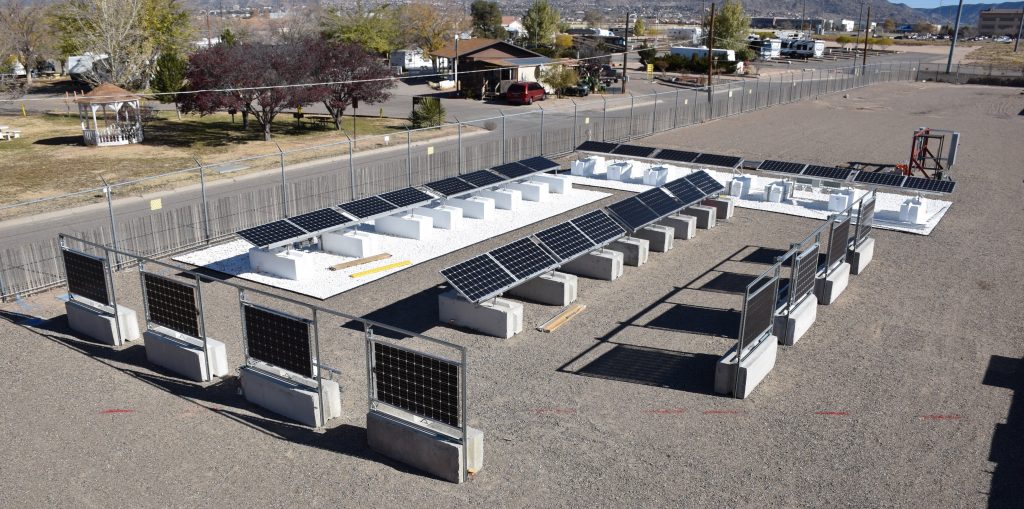
RTCs lead to technological improvements
The RTCs contribute to innovation and growth in the solar industry in multiple ways:
1. Product Validation
The RTCs provide the data and analysis to demonstrate how new products perform over time and in different climates. Companies apply for an RTC study and if accepted, partner with the National Labs on the design and execution of a performance study that best aligns with the partner’s technical objectives. These studies help accelerate the commercialization of new products by quantifying the energy gains of new, high-efficiency solar products and providing the data and analysis needed for investor confidence. All data are protected by a non-disclosure agreement and shared only with the industry partner unless the partner decides otherwise.

2. Photovoltaics R&D
In addition to supporting industry needs, the RTCs are a catalyst for research, fostering partnerships between the National Labs, universities and private companies to address both mainstream and emerging research challenges of broader interest.
3. Multi-climate Performance Data
Data available to the public includes performance data from each RTC reference PV array, synchronized to onsite meteorological data. The data contributes to advanced performance models, bringing greater accuracy to levelized-cost-of-energy projections.
4. Training and Education
Defined by a world-class infrastructure, exacting protocols and diversity of technologies, the RTCs provide a platform for state-of-the-art solar-training and education, with curricula that reflect collaborations between the local host institution and Sandia.
5. Identification of Emerging Reliability Issues
Photovoltaic materials and module components may respond differently, depending on the operating environment. Cross-climate performance studies can identify early onset reliability problems related to heat, humidity, wind loading and other climatic stressors, enabling manufacturers to take remedial action early in the product lifecycle. The RTCs also generate data on degradation rates, which are important to lifetime performance.